Chef Kasamoto Tatsuaki trained for 10 years in Osaka Kitcho, followed by being the head chef at the Ritz Carlton's Hinokizaka restaurant in 2007. At age 40 he went solo and opened Takiya in August 2015. The 14-seat restaurant is not in Michelin but at the time of writing this review it was ranked second for tempura in the local voting guide Tabelog (these ratings are dynamic and can change significantly, but nonetheless it is not easy to get such a high ranking).
The restaurant is on a quiet street in Roppongi. It is actually one flight of steep stairs up from the street, so is easily missed. Once you find the place you go through a traditional noren curtain to the dining room, which has wooden counter with eight seats; there is also a private room. The room is actually larger than many in Tokyo, and the seats are comfortably spaced. There was a handsome ornamental plate hanging on the wall behind the chefs.
Unusually for a Japanese restaurant, there was a serious wine list, the clue being the bottles of Romanee Conti on display to one side. The list had labels such as Schlumberger Kitterle Riesling 2010 at a hefty ¥19,000 for a wine that you can find in the high street for ¥3,040, Comtes Lafon Clos de Barre Meursault 2006 at ¥44,000 compared to its retail price of about ¥18,700, and Etienne Sauzet Batard Montrachet 2006 at ¥78,000 for a bottle that will set you back ¥33,828 in the shops. There was a whole page of Romanee Conti wines for the seriously affluent, with for example Romanee Conti La Tache 1983 at ¥450,000 for a wine whose current market value is ¥305,064.
The meal began with an attractively presented tray of appetisers. There was a pate of monkfish liver, a dish of tiny prawns, three different mountain vegetables and bonito powder, Hokkaido crab and little marinated firefly squid. The squid was impressive, as I had just visited Toyama, where firefly squid are sourced, and the ones here were better than any I had tasted in Toyama. The vegetable dish and liver were good but the star was the crab, which had exceptional flavour. I can only once recall eating crab this good, and that was in Hokkaido itself at Sushizen (average 17/20 for the nibbles, but the crab was 19/20).
The chef uses safflower oil rather than sunflower oil, which gives a lighter batter. One little detail was that the traditional radish accompaniment for tempura sauce, normally put as a heap on the side of the sauce to mix in, was presented as a perfectly smooth sphere. I am not sure how this was accomplished but it did suggest that the chef cares about every little aspect of the experience. The tempura sequence began, as is traditional, with a fried prawn, but there was nothing ordinary about the quality of this prawn. It had fabulous sweet flavour, the batter ultra-light, its texture superb. I have had a lot of tempura prawns in Japan over the years, but this was the best I have ever eaten (20/20). The prawn head was served with broad bean tempura, and this was also deeply impressive, the flavour of the beans fabulous (19/20). Next was garfish, which I cannot recall eating before (there are so many different fish in Japan) but had firm flesh and clean flavour, delicate flavour with a hint of sweetness (18/20).
Next was a pretty green mountain vegetable that I had not encountered before, but opens up almost like the petals of a flower, and is apparently in season here in March and April. Some detective work by a Japanese friend later revealed this to be fukinoto, the giant butterbur. It certainly tasted excellent, with a delicate flavour with just a hint of bitterness (18/20). Squid was next, precisely cooked and without even a hint of chewiness, also with lovely flavour (19/20). Next was another unusual vegetable, called "buds of cod", which again was new to me but resembled asparagus. This was superb, with the crisp gossamer tempura coating the perfectly cooked vegetable, the overall creation having terrific flavour (19/20).
Abalone followed, served with sauce made from its liver. The abalone was tender, and the sauce was completed by a little ball of rice, which the ever cheerful chef smilingly described as "Japanese risotto" (18/20). I was really impressed with bamboo shoot tempura, which was served with raw sansho. This relative of Sichuan pepper provides a gentle numbing sensation when placed on the tongue, and worked well with the perfectly cooked bamboo shoot (19/20). Next was tempura of uni wrapped in a nori roll, the uni from Hokkaido and having a lovely, briny flavour (18/20).
This was followed by superb asparagus from Kumar prefecture, which would easily stand up in quality terms to the best French asparagus (19/20). This was followed by a salad of strips of radish and carrot with a cold poached egg and a bechamel sauce topped with tiny fried prawns. This was another really successful dish, the contrasting texture of the crisp prawns with the soft egg interesting, and the radish having fabulous flavour (19/20). Next was beef tempura, a tender piece of A4 grade beef from Kagoshima, which was gorgeous (19/20). Sweet potato was next, which was very good if not quite in the league of some of the other tempura (17/20) followed by another glorious prawn and then scabbard fish tempura, which was another new fish to me but had great flavour; the raw fish has a very pretty, shimmering silver skin (18/20). The final course of a tempura sequence is traditionally kakiage, here a ball of fried prawns on rice with a slightly sweet shrimp sauce. The sauce was made from prawn shells and mirin and reduced for four hours. This was a lovely way to finish the meal (19/20). Dessert was a stunning strawberry jelly with creme anglaise, the strawberries from Fukuoka and having glorious flavour. This dessert could happily have appeared at a multi star French restaurant (easily 18/20, bordering 19/20).
Service was great, the topping up of drinks flawless and unobtrusive, the chefs being friendly and happy to chat about the food. The head chef in particular was quite an extrovert, laughing and joking with his Japanese customers, and he also spoke quite decent English. The bill came to ¥78,834 for two including a bottle of Bollinger (¥15,000 compared to its retail price of ¥5,530) and some beer, which works out at £287 a head. If you avoided wine then a typical cost per person might be nearer £210. Although this is not cheap, we had a lengthy meal full of costly ingredients, and the standard of the food was exceptionally high. The arithmetic average of the scores is 18.47, so bang on the boundary between 18/20 and 19/20. I would return here in a heartbeat. When Michelin get around to trying this place I hope it gets the multiple stars that it deserves. I enjoyed my meal here more than several of the current three star places in Japan.































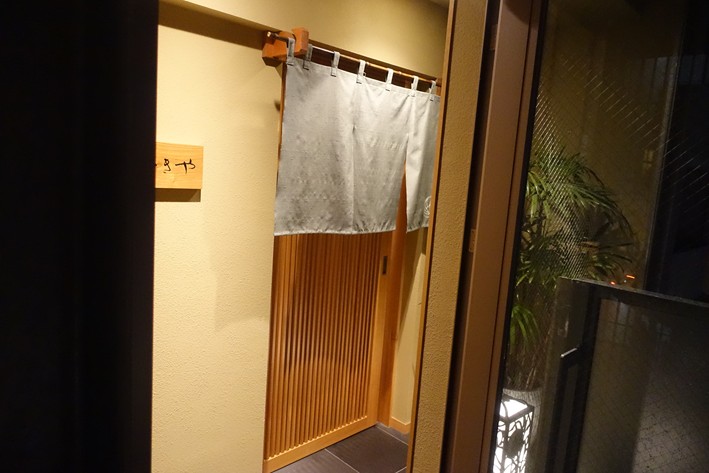



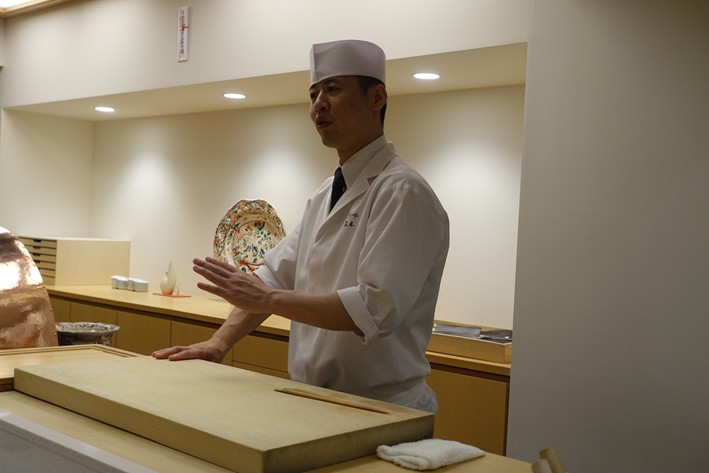
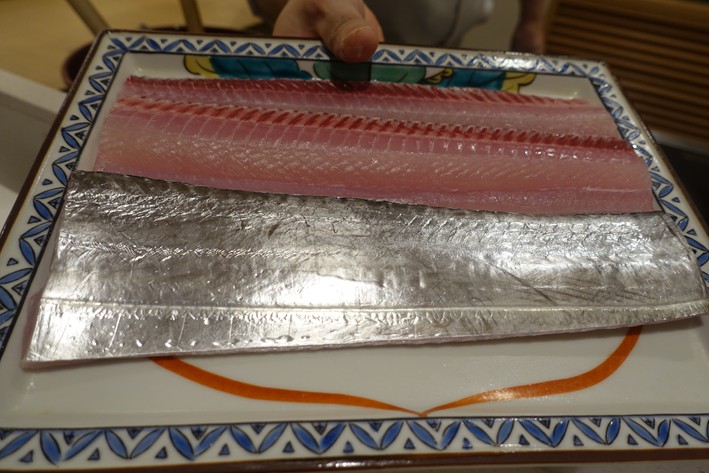

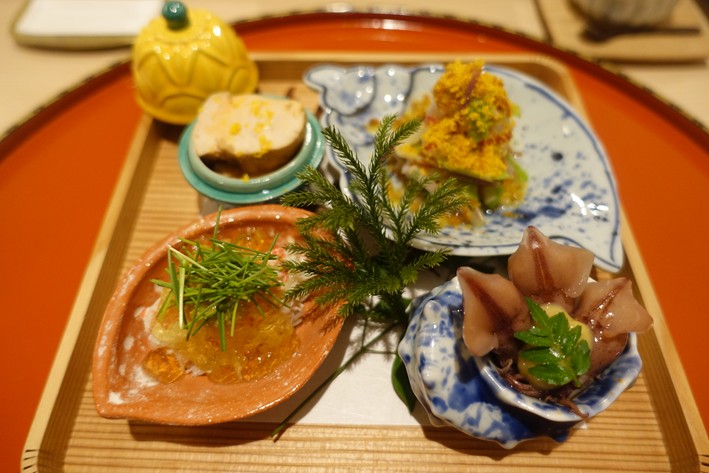

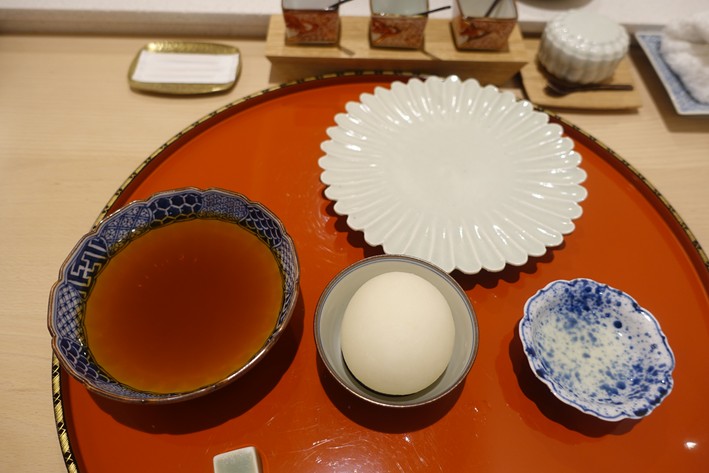
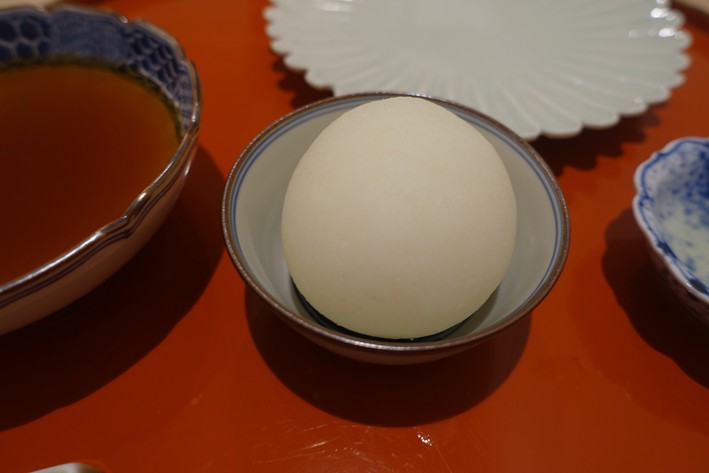
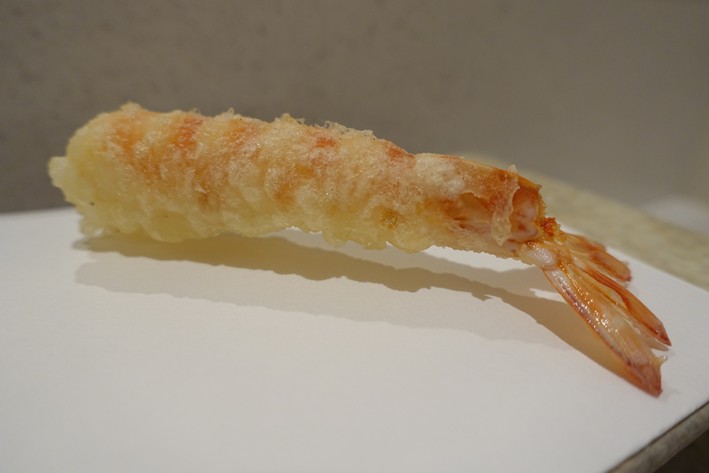

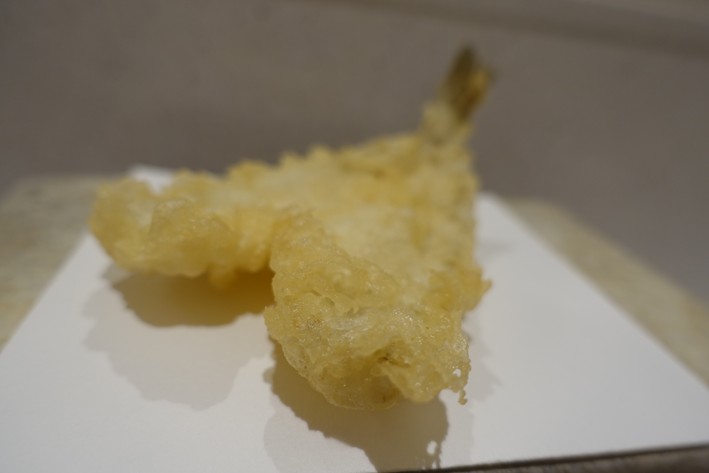
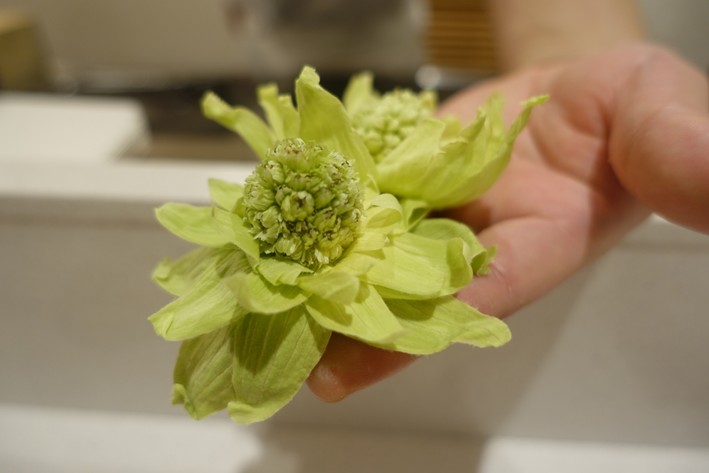

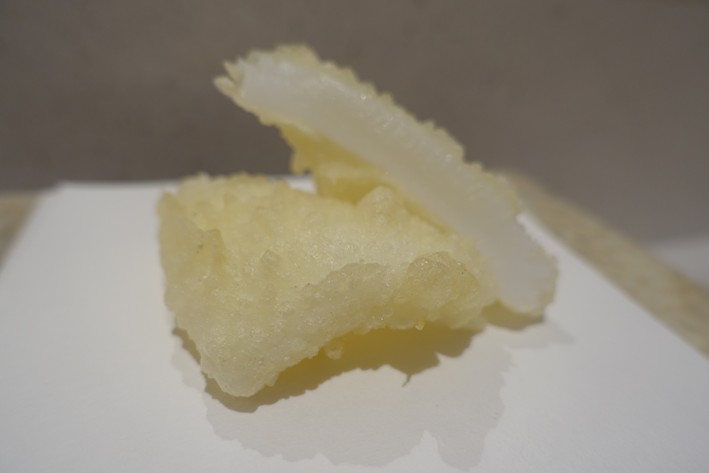
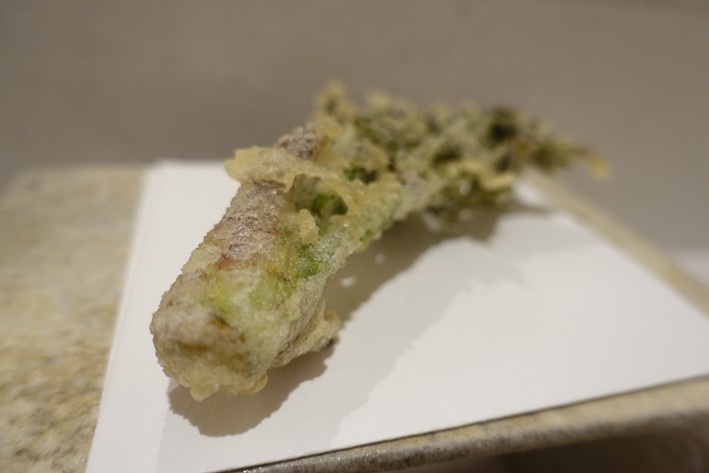
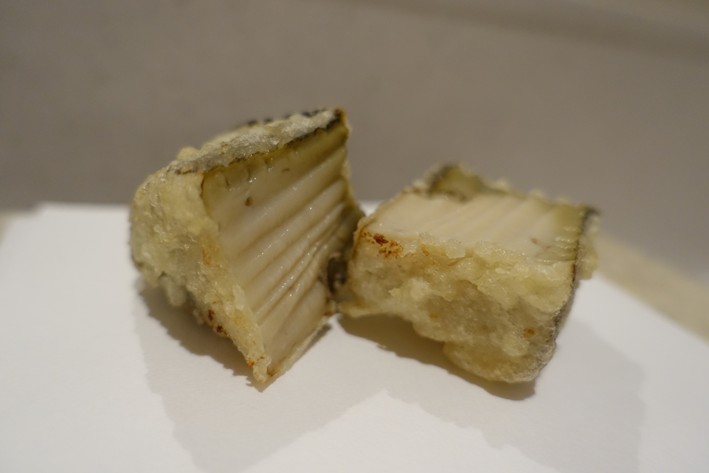
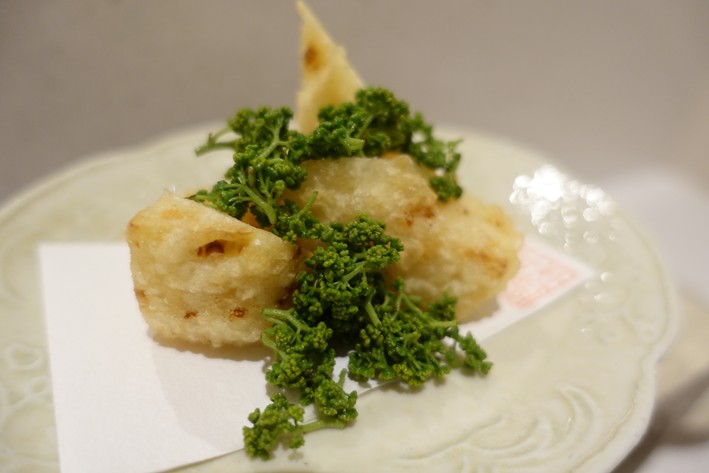
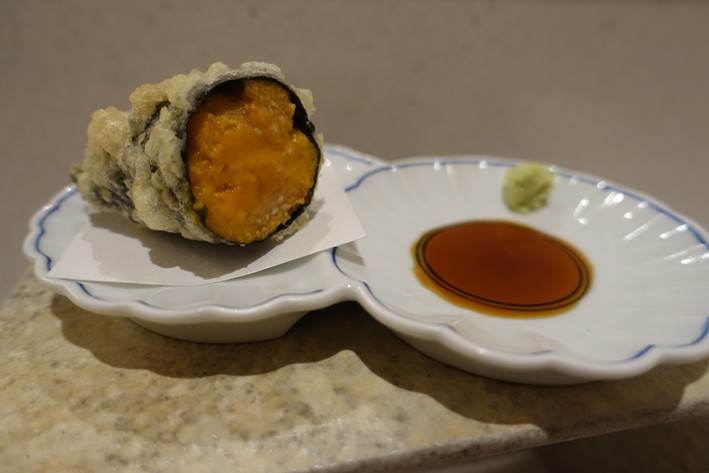

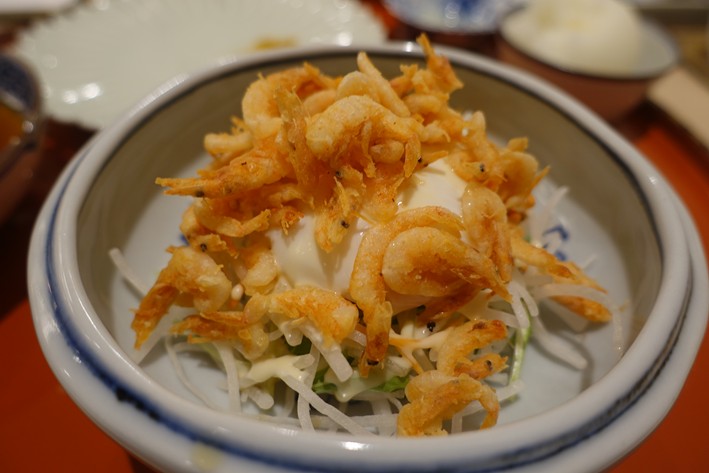
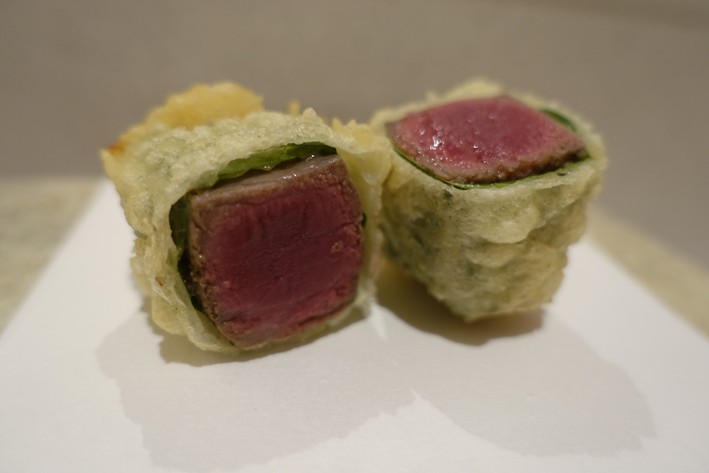

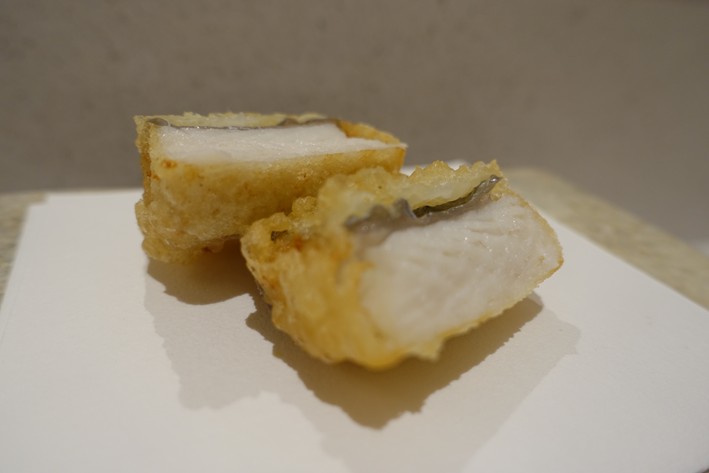
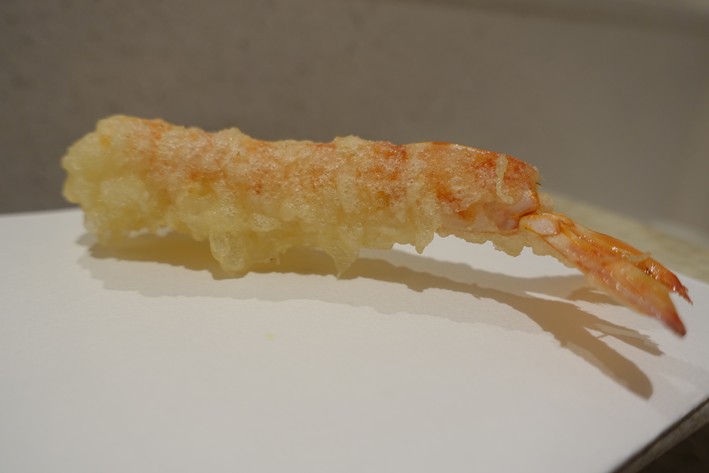
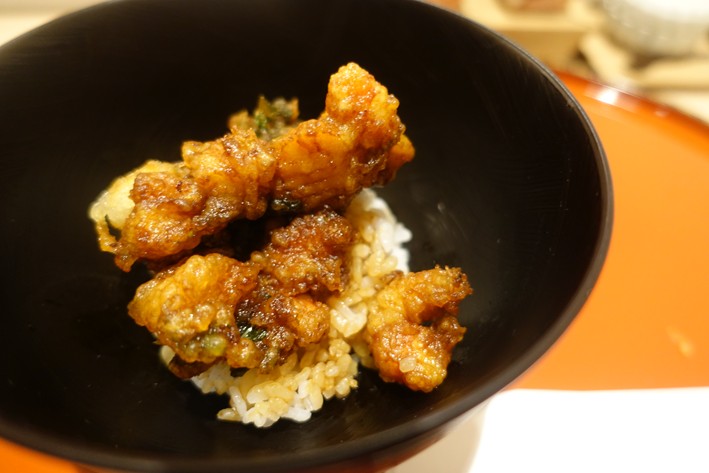

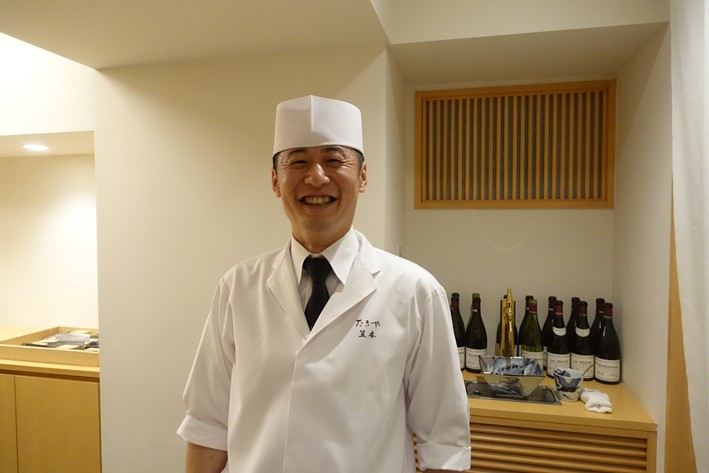

Robin Wood
Terrific review. Thank you for providing exquisite detail.